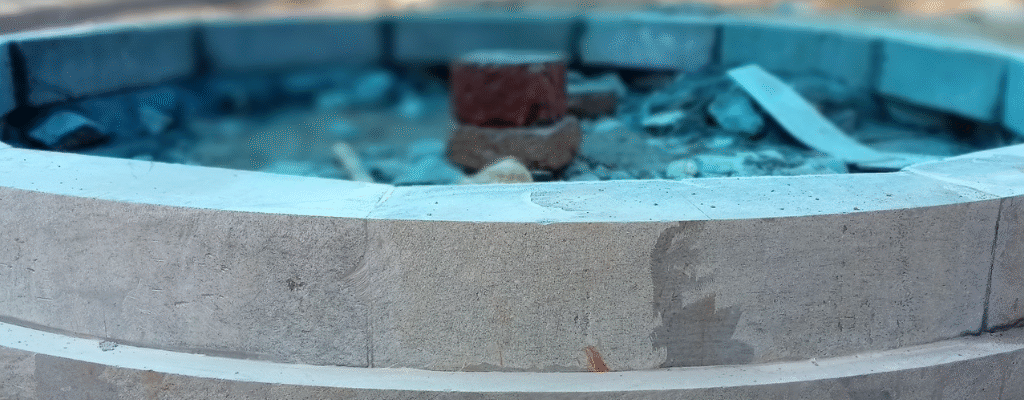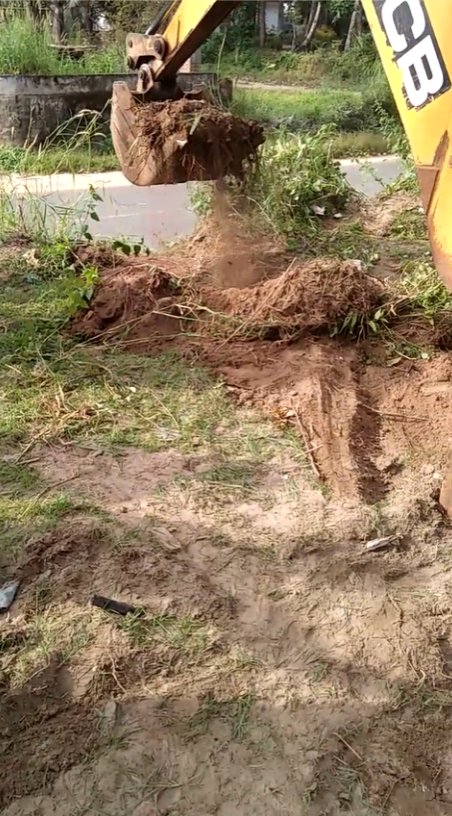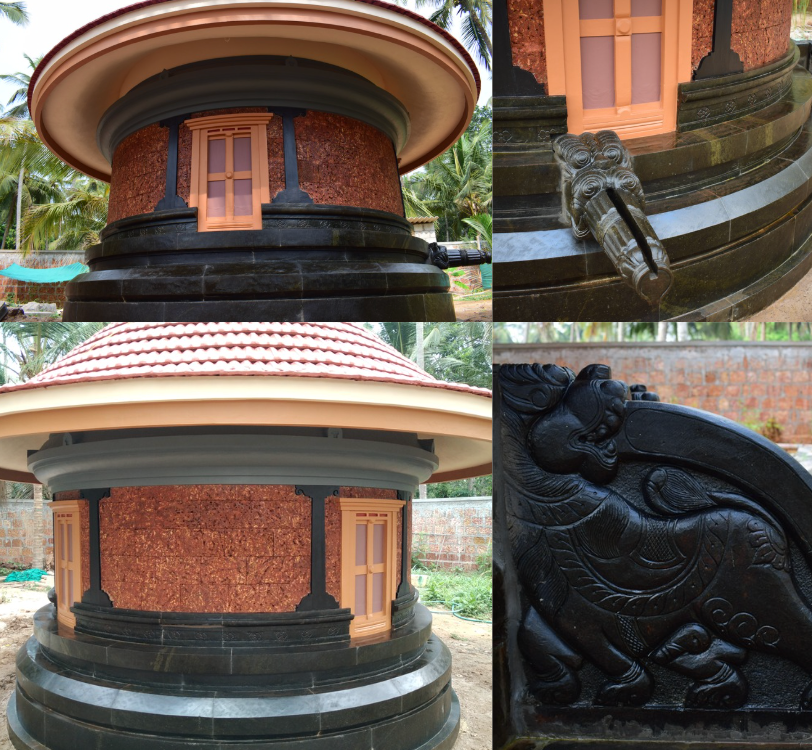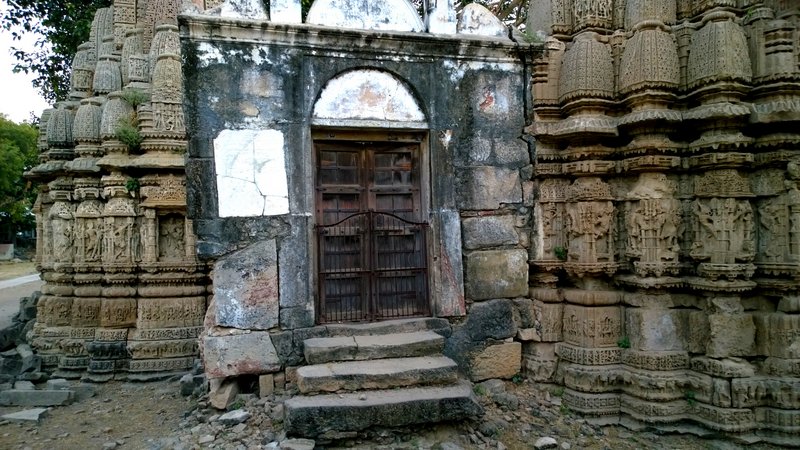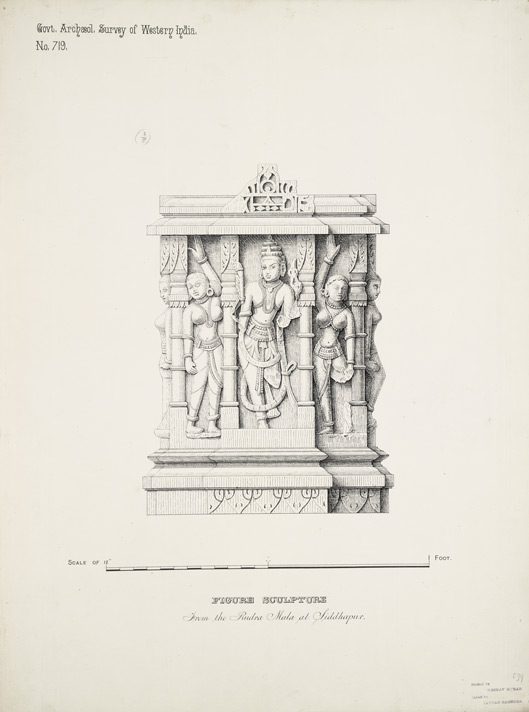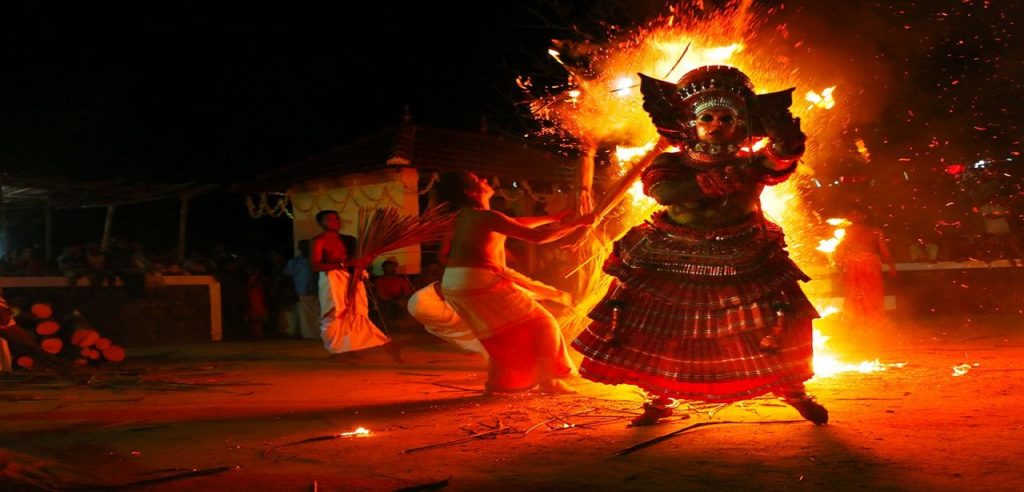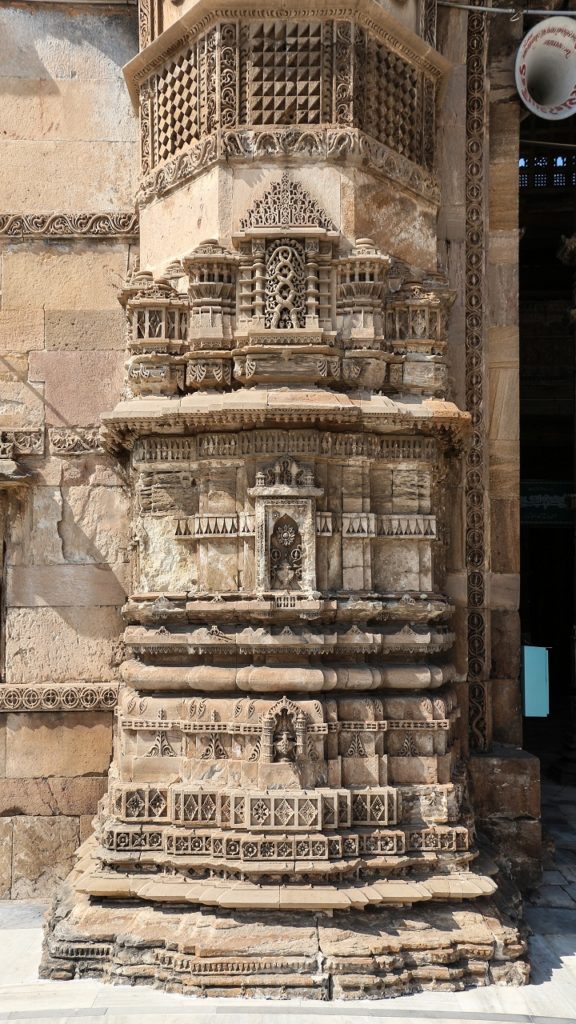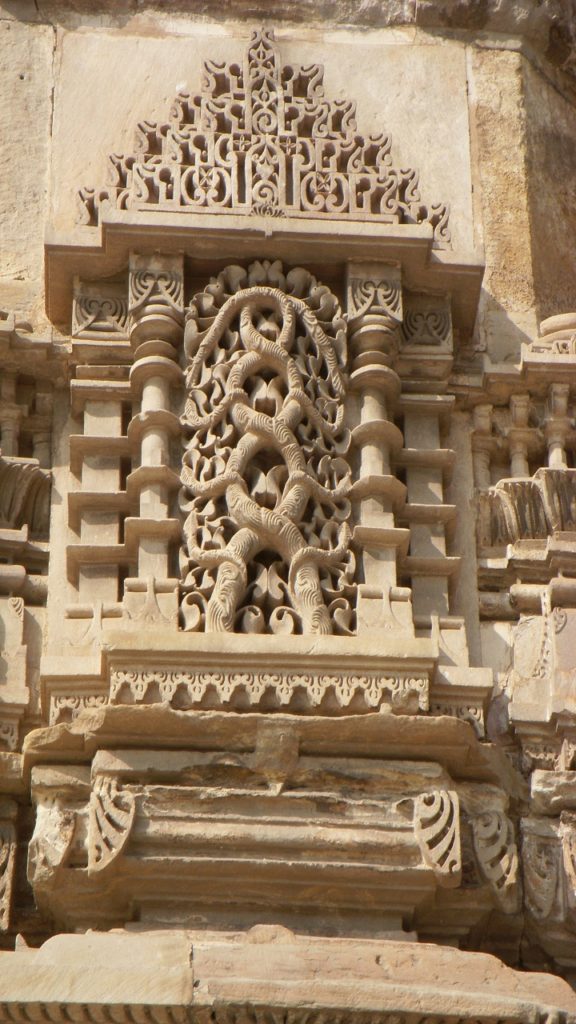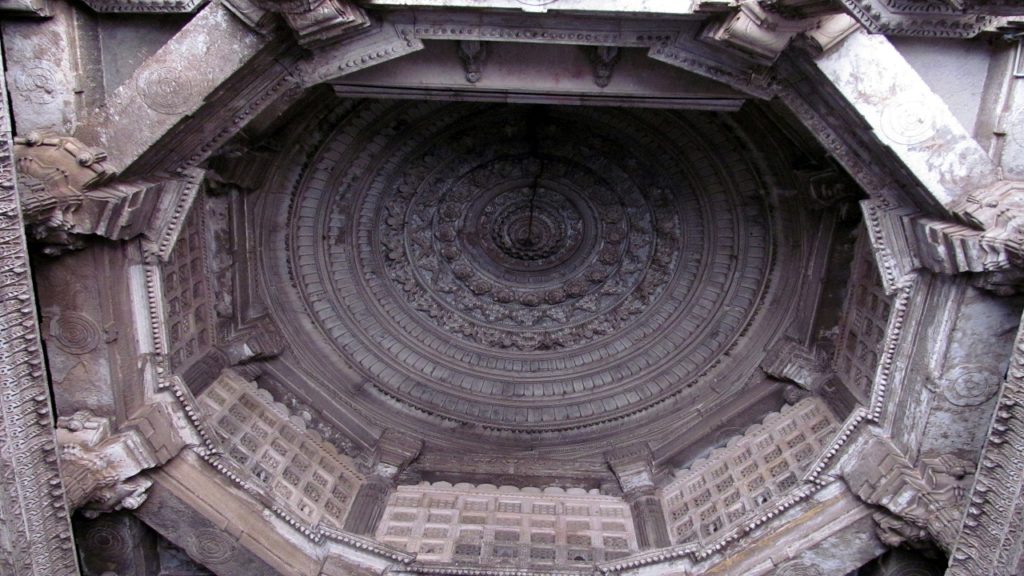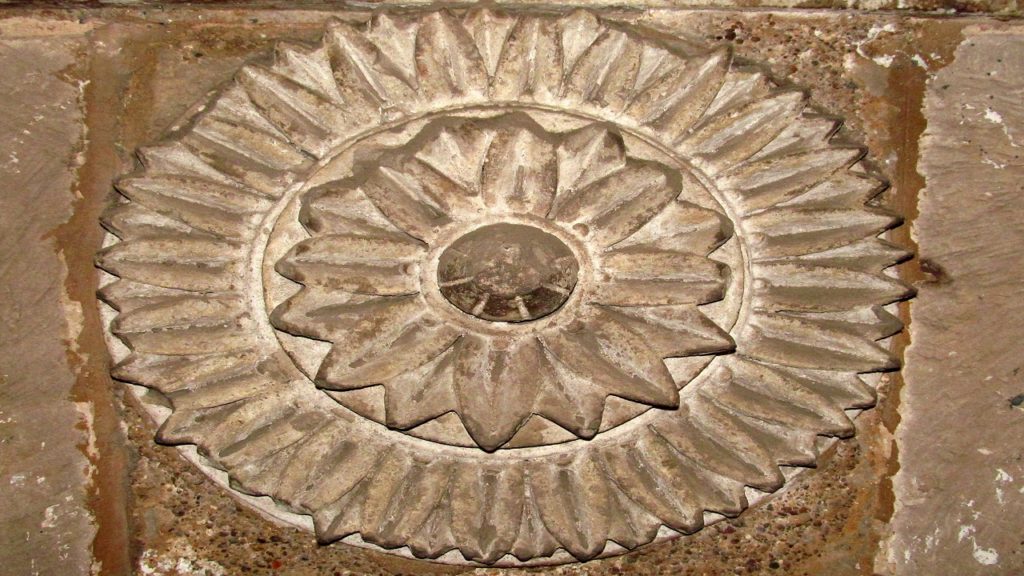Challisserry Siva Temple

THEN – THE TEMPLE WAS LYING IN RUINS, AND THE DEITIES WERE BROKEN, WHICH WERE THE RESULT OF THE RIOTS.
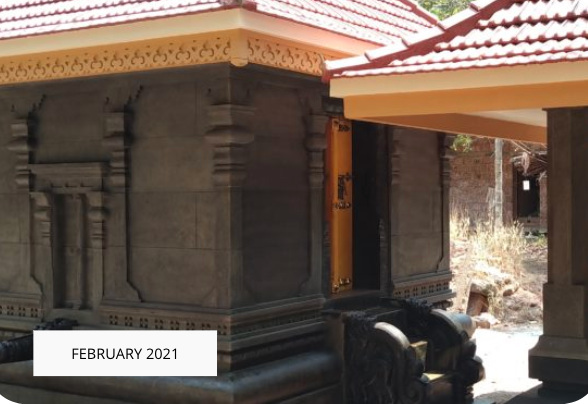
NOW – TEMPLE STANDS IN A REVIVED CONDITION, REGULAR PUJAS ARE NOW OFFERED.

ABOUT THE TEMPLE – Challissery in Palakkad district of Kerala is a region that was ravaged during the Mysorean invasion of Kerala.
Kizhakke Pattissery Prani Mahadeva temple is one of the many ancient temples that is lying in ruins in the region.

INITIAL STATUS – Shivling is intact. But all the structures including the Garbagriha is in ruins and has to be restored. A lamp is lighted everyday by devotees of the temple.
The devotees has been trying for more than a decade to restore the temple, but couldn’t do it for lack of support. UgraNarasimha Charitable Trust has therefore undertaken to rebuild this ancient Siva temple.

Architecture – The design of the Garbagriha has been made by Sadanandan Achary, a noted expert in temple architecture. The restoration of the temple will conform to Tantrashastras.
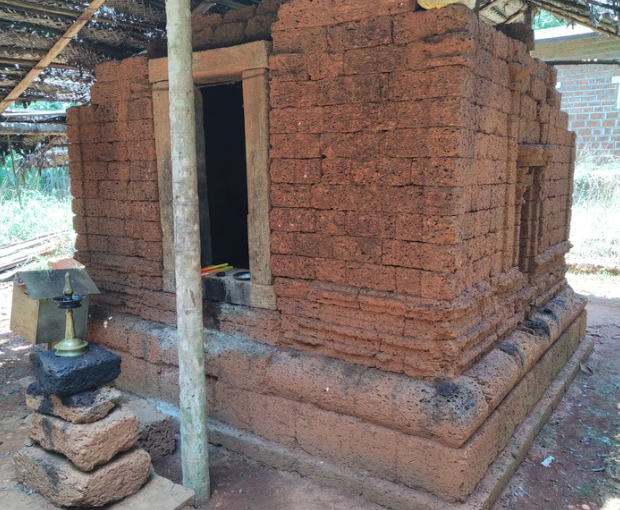
Revival – The restoration of the temple started with strengthening the temporary roof so that work can happen even during the rains. The first stage is the construction of temporary Garbagriha where the Shivling will be shifted to during the restoration of the temple. The old Garbagriha will be dismantled and reworked after that.
The restoration of the temple will cause a revival of Dharma as all devotees and families in the village take part in the various rituals and stages involved in reviving the Siva temple.

Restoration is proceeding well – The restoration of the temple started with strengthening the temporary roof so that work can happen even during the rains. The first stage is the construction of temporary Garbagriha where the Shivling will be shifted to during the restoration of the temple. The old Garbagriha will be dismantled and reworked after that.
The restoration of the temple will cause a revival of Dharma as all devotees and families in the village take part in the various rituals and stages involved in reviving the Siva temple.

GARBAGRIHA WORK STARTED – The work of Gargbagriha has started successfully, the walls are now brought up and are starting to form the structure.
Stage 1 of walls starts to take up shape. The walls which were in crumbled condition were first dismantled and replaced with new stones.

Celeing work – The next work in line was the celeing of the garbagriha.
After decades of poor condition of the temple, the celeing had fallen down. We have replaced the roof with new celeing ensuring the architectural plan of the temple.

Plastering work completed

Namaskara Mandapam – The work of Namaskara Mandapam has started.
Namaskara mandapam is situated in front of the sanctum where the devotees and priests offer prayers and perform prostrations to the deity.

Restoration of ancient Challissery Siva temple is complete – Its a great pleasure to share with you that the restoration of Kizhakke Pattissery Prani Mahadeva temple in Palakkad Kerala is complete. The temple is restored after two and half centuries in ruins lying buried under the earth.
This restoration and revival has been made possible by you and we would like to express our heartfelt gratitude for same. The entire village and devotees of Lord Shiva will forever be indebted for your support. The devotees has been trying for many decades to restore the temple and it finally has happened. I am attaching a few pictures after restoration.

The temple will be handed over to a committee of devotees who will manage the temple in a democratic manner and ensure daily Pujas and rituals.
UgraNarasimha Charitable Trust will continue to work with village community in developing the temple as a charitable institution which will ensure social security and spiritual progress for all devotees.


Punah Pratishta of Prani Mahadeva – Thanks to your support and contribution towards the restoration of the ancient Prani Mahadeva temple in Palakkad Kerala which was destroyed by Tipu Sultan many centuries back.

The restoration has been successfully undertaken and Punah Pratishta ceremonies were conducted on 17 Feb 2021. Shivlinga was shifted back to Garbagriha and worship in the temple has restarted.

There was wide participation of devotees and everybody is excited that after many centuries, Shivratri will be celebrated in the temple.








